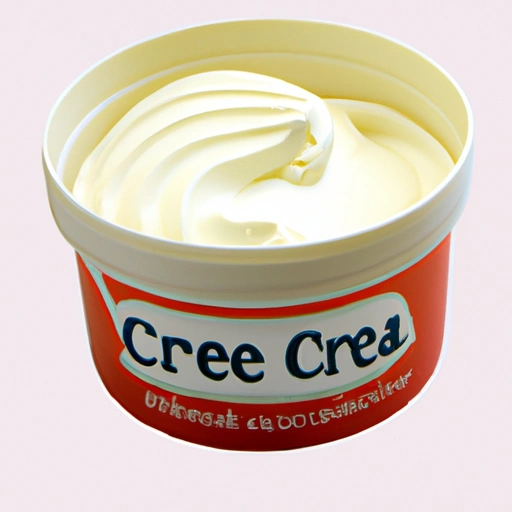Sour Cream
Description

Sour cream is a dairy product obtained by fermenting regular cream with certain kinds of lactic acid bacteria. The bacterial culture, which is introduced either deliberately or naturally, sours and thickens the cream. Its name comes from the production of lactic acid by bacterial fermentation, which is called souring. It has a creamy texture and a unique sour taste that enhances the flavor of various dishes.
In recipes, sour cream is often specified by volume or weight, using ounces or grams. In American recipes, it might be measured by the cup or tablespoon, while in European or Azjan recipes, milliliters or grams may be used. The versatility of sour cream allows it to be incorporated into a diverse range of culinary traditions, making it a staple ingredient in many kitchens around the world.
Common uses
Sour cream is commonly used as a topping for soups, baked potatoes, and Mexican food, as well as a base for dips and salad dressings. It is also a popular ingredient for baked goods like cakes, cookies, and pastries, adding moisture and a subtle tangy flavor.
Nutritional value
Calories
A typical serving of sour cream (1 tablespoon or approximately 12 grams) contains about 24 calories.
Protein
Each serving consists of about 0.3 grams of protein.
Fat
The fat content in one tablespoon of sour cream is roughly 2.4 grams, with a mix of saturated and unsaturated fats.
Carbohydrates
Sour cream contains about 0.6 grams of carbohydrates per serving.
Vitamins
It provides small amounts of vitamins such as vitamin A and some B vitamins.
Minerals
Sour cream contains trace minerals including calcium and phosphorus.
Health benefits
While sour cream should be consumed in moderation due to its fat content, it can contribute to calcium intake, which is essential for bone health. Additionally, the live cultures present in some sour creams may provide probiotic benefits, aiding in digestion and gut health.
Potential risks
Consuming sour cream in large quantities can lead to weight gain and may contribute to higher cholesterol levels. Those with lactose intolerance or dairy allergies should avoid sour cream or opt for lactose-free or dairy-free alternatives.
Common recipes
Sour cream is a versatile ingredient that can be used in a variety of dishes, including beef stroganoff, pierogies, nachos, and many types of dips and sauces.
Cooking methods
It is often used as a finishing touch, added to sauces or soups just before serving, or incorporated into batters and doughs for baked goods.
Pairing with other ingredients
Sour cream pairs well with both sweet and savory ingredients, such as fresh fruits, herbs, spices, and cheeses.
Summary
Sour cream is a tangy dairy product that can add a rich texture and a distinctive flavor to a wide range of dishes. Whether used in cooking, baking, or as a garnish, sour cream is enjoyed worldwide for its versatility and delicious taste. With its unique properties and flavor profile, sour cream remains a beloved ingredient in both traditional and contemporary recipes.